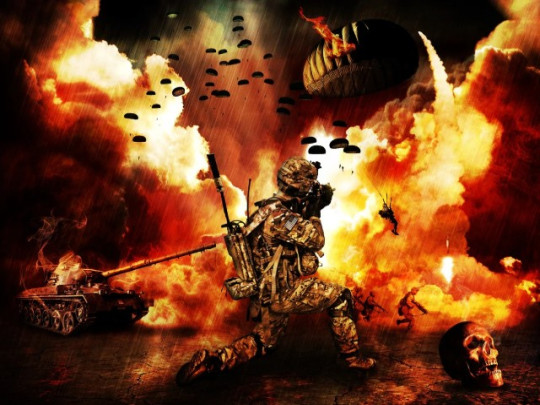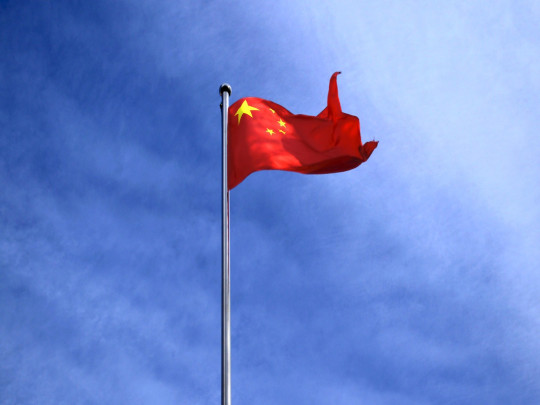U.S. Strikes on Iran Spark Oil Price Surge and Threaten Stability in the Strait of Hormuz
The U.S. strikes on Iran’s nuclear sites have sharply escalated tensions in the Middle East, raising fears of Iranian retaliation and threats to close the Strait of Hormuz—a crucial route for global oil shipments. With nearly 20% of the world’s oil passing through the strait, oil prices have already surged on concerns of potential disruption, and analysts warn prices could spike even higher if the crisis worsens. The article highlights the growing risks to global energy markets and supply chains from this conflict.

U.S. Strikes on Iran’s Nuclear Sites: Latest Developments and Global Implications
The Middle East stands on the brink of a dangerous new escalation after the United States, in a dramatic military intervention, bombed three of Iran’s most critical nuclear sites overnight. The strikes, coordinated with Israel, have triggered alarm across the region and the world, raising fears of a broader conflict and shaking global markets.
The Strikes: What Happened?
In the early hours of Sunday, June 22, 2025, the U.S. military launched a tightly coordinated operation targeting Iran’s nuclear facilities at Fordo, Natanz, and Isfahan. According to Pentagon officials, the assault involved B-2 stealth bombers and submarine-launched cruise missiles, deploying 30,000-pound "bunker buster" bombs and Tomahawk missiles. The strikes occurred within a half-hour window.
President Donald Trump, in a televised address, declared the operation a "spectacular military success," stating that the United States had "completely and totally obliterated" the facilities. He emphasized that the goal was to eliminate Iran’s nuclear enrichment capacity — a key objective aligned with Israel’s ongoing campaign against Tehran’s nuclear ambitions.
Damage Assessment: How Effective Were the Strikes?
While President Trump claimed that the enrichment facilities were “entirely destroyed,” Pentagon officials took a more measured tone. They reported that while all three sites sustained “severe damage and destruction,” full assessments would take more time.
The Fordo facility, Iran’s most fortified nuclear site, was struck with 14 GBU-57 bunker busters. U.S. and Israeli sources acknowledged that although Fordo suffered extensive damage, it was not completely destroyed. Satellite imagery confirmed structural devastation, though Iranian officials claimed some nuclear material had been relocated before the attack.
Iran’s Response: Rhetoric and Retaliation
Iran’s Foreign Minister, Abbas Araghchi, condemned the attacks as a violation of international law and a direct assault on Iranian sovereignty. He warned of “lasting repercussions” and asserted Iran’s right to self-defense but did not detail specific retaliatory plans.
In a press conference held in Istanbul, Araghchi stated, "The warmongering and lawless administration in Washington bears full responsibility for the perilous repercussions and extensive implications of its aggressive actions."
Within hours, Iran launched a volley of missiles toward Israel, prompting Israeli counterstrikes. The region was placed on high alert, with over 40,000 American troops stationed on bases and warships preparing for further hostilities.
U.S. and Israeli Messaging: Not a War, But a Warning
Despite the scale of the operation, U.S. officials emphasized that the mission was not the beginning of a full-scale war with Iran. Vice President JD Vance stated, “We’re not at war with Iran. We’re at war with Iran’s nuclear program.” Defense Secretary Pete Hegseth added that the mission was “not open-ended,” describing it as a deterrent rather than an offensive campaign for regime change.
However, the decision followed weeks of increasing violence between Israel and Iran. Israeli airstrikes had already resulted in over 400 deaths in Iran, while Iranian retaliation had caused at least 24 casualties in Israel. This U.S. intervention, marking the first direct American strike on Iranian territory, represents a major turning point in the region's strategic calculus.
Regional and Global Fallout: Oil, Markets, and Diplomacy
The immediate aftermath saw global markets rattled. Oil prices, already up 10% due to prior Israeli strikes, are expected to rise further. Analysts warn that Iranian retaliation targeting energy infrastructure or shipping in the Strait of Hormuz—a critical passageway for nearly one-third of the world’s seaborne oil—could cause a sharp spike in energy prices.
Jorge León, head of geopolitical analysis at Rystad Energy, said:
"In an extreme scenario where Iran responds with direct strikes or targets regional oil infrastructure, oil prices will surge sharply. Even without immediate retaliation, markets are likely to factor in a heightened geopolitical risk premium."
Gulf nations, including Saudi Arabia and Qatar, have called for restraint and renewed diplomacy, warning of "catastrophic repercussions" if tensions continue to escalate. While these countries hope to avoid direct involvement, their strategic oil assets remain vulnerable.
Strategic and Diplomatic Calculations
The strikes follow months of failed diplomatic efforts. Although President Trump had earlier expressed a willingness to pursue diplomatic channels for "up to two weeks," he ultimately chose military action after Israeli strikes weakened Iran’s air defenses and missile capabilities.
This escalation complicates any future negotiations. Iran’s foreign minister asserted that diplomacy had “ended” and hardliners in Tehran now call for retaliation against U.S. military interests. Potential targets may include U.S. bases, commercial shipping, or allied infrastructure across the region.
Military and Technical Implications
The operation demonstrated U.S. precision strike capabilities, particularly the use of deep-penetration weapons. Fourteen GBU-57 bombs were dropped on Fordo and additional sites, while a total of 75 precision-guided munitions, including submarine-launched cruise missiles, were used.
Despite the show of force, questions remain about whether the attack will cause lasting setbacks to Iran’s nuclear program. Iranian sources claimed sensitive materials were safeguarded before the assault. The International Atomic Energy Agency (IAEA) has yet to verify the extent of damage or assess Iran’s current enrichment capability.
The Road Ahead: Risks of Escalation
As the world anticipates Iran’s next move, risks of regional escalation remain high. The U.S. and its allies are preparing for potential retaliatory actions by Iran or its proxy forces in Iraq, Syria, Lebanon, and Yemen. Security has been tightened across U.S. military installations and diplomatic missions.
The Biden administration now faces the challenge of crisis containment, managing alliances, and preventing the eruption of a broader regional war. With emotions and stakes running high, the coming days are expected to be particularly volatile.
Conclusion: A New Phase in the Middle East Crisis
The U.S. airstrikes on Iran’s nuclear facilities mark a critical shift in a long-simmering conflict. While aimed at degrading nuclear capabilities, the broader ramifications—including heightened instability, diplomatic fallout, and economic volatility—are still unfolding.
Both sides are weighing their next steps. The world is entering a period of deep uncertainty, and the coming weeks will determine whether the crisis can be managed—or whether it will spiral into a far-reaching and devastating war.



